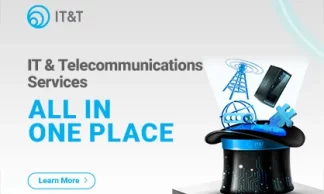The phrase “Managed Services” has been floating around the Information Technology (IT) domain for a while now. The IT support space finds itself smack in the middle of this dynamic. If you find yourself working in the domain, chances are you have come across at least one of these terms in the past year:
- Managed Services
- Managed IT Solutions
- Managed Service Provider
So, what is all the fuss about? Well, Managed IT Services, when deployed from a trusted source, provide a single point of service, lower costs and optimize productivity offering you peace of mind.
It is becoming more important for you to be aware of Managed Services as, more than likely, you’re going to need them, if you aren’t using them already. Here’s a quick glance at what Managed IT Solutions are before delving into how to use them and how to get the most benefit for your business.
What are Managed Services?
In simple terms, Managed IT Solutions, or Managed Services, allow a business to hand over its IT operations by having a service provider take care of everything. This off-premise service provider is also known as a Managed Services Provider (MSP).
Why Managed IT Services?
As more and more organizations jump on the Managed IT Services bandwagon, it's becoming easier to see that the benefits of managed services are many. Traditionally, IT-related machine or network maintenance was done using only the “break-fix” methodology. This meant that when something broke, the business called a maintenance expert, and they responded to, and hopefully fixed the problem.
By handing IT operations over to a reliable MSP, the provider is responsible for managing, monitoring, or resolving problems for selected IT systems and functions on your behalf. This allows you to focus on your core business processes rather than being hindered by IT issues.





